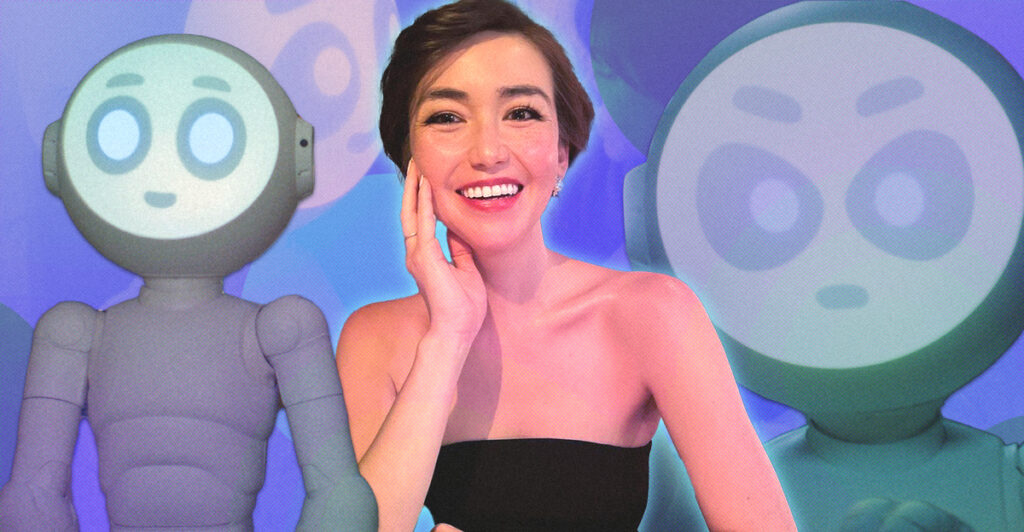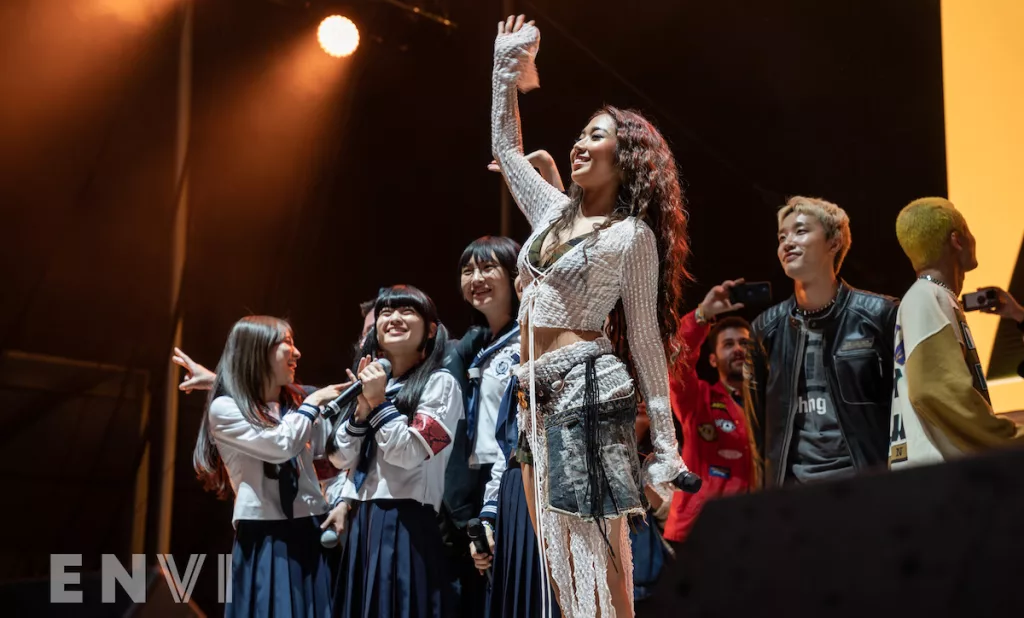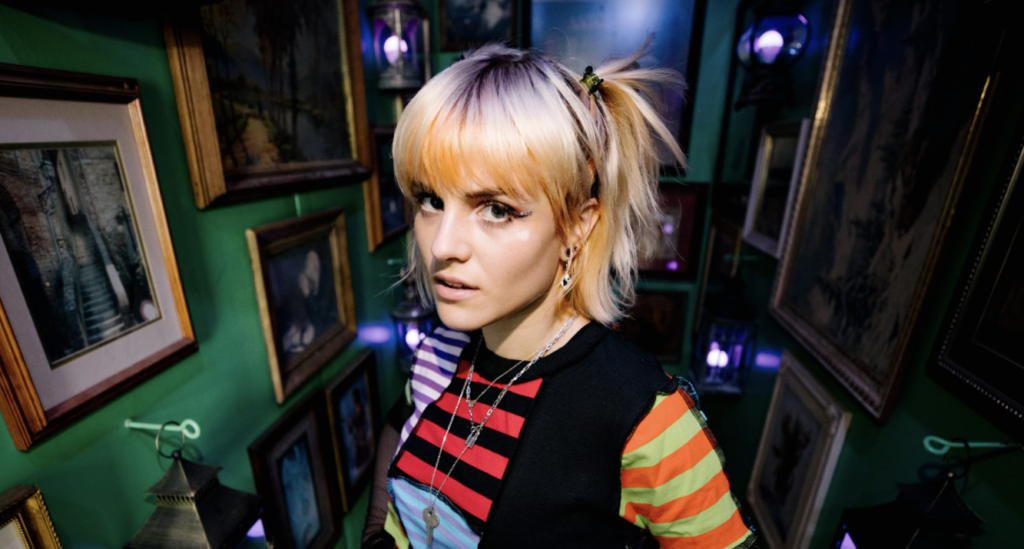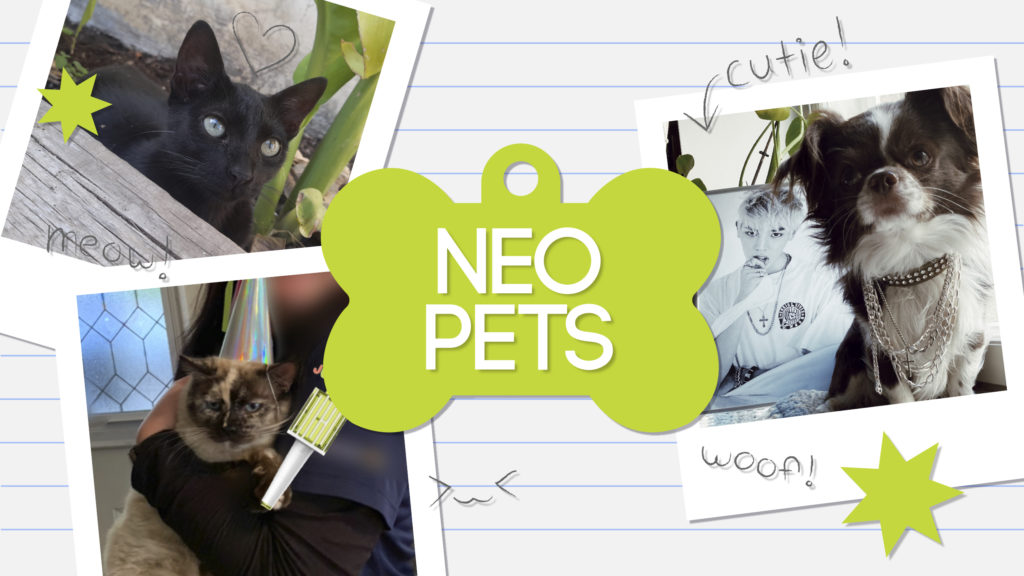5 Drag Queen Tips That’ll Elevate Your Makeup Look
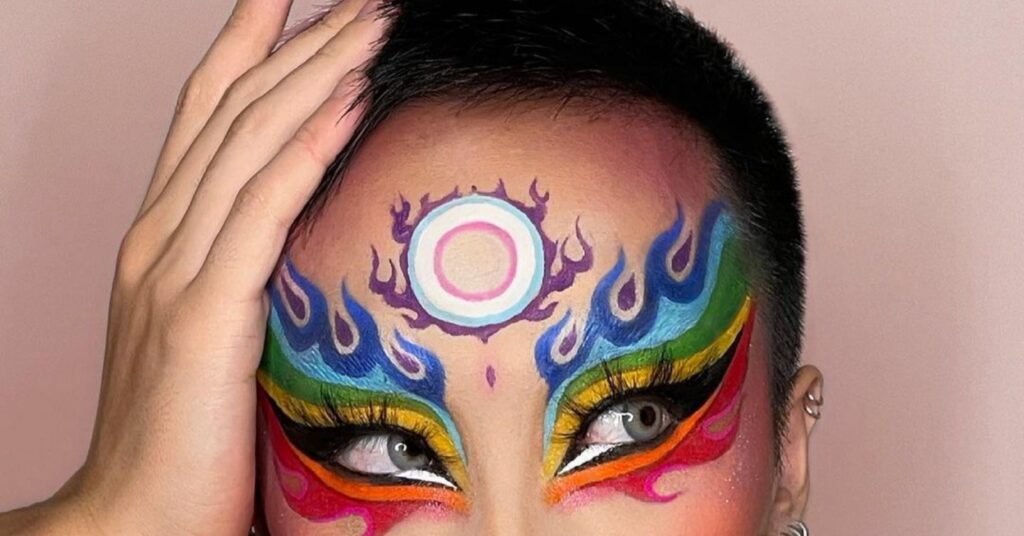
RuPaul’s Drag Race (2009) is predominantly regarded as the pioneer of drag reality television. Sparking a generation of drag queen celebrities, contestants, and viewers, the show has had a colossal impact on powerful LGBTQ+ representation in media. The series was able to pounce on its staggering success by producing spin-offs, like RuPaul’s Drag Race All Stars (2012) and RuPaul’s Drag Race: Untucked! (2010).
By remaining largely undefeated in drag-centered competition, the series recently wrapped up its sixteenth season this year. With an upcoming seventeenth, here are five tips from former RuPaul’s Drag Race drag queens that’ll help elevate your makeup look.
Contour… Twice!
Filipino American drag queen Manila Luzon has made herself into a trailblazer of drag within the LGBTQ+ and Asian American community. Participating in multiple seasons of RuPaul’s Drag Race All Stars, and securing silver in the third season RuPaul’s Drag Race, Luzon has left her mark on the drag queen world. Empowering the aspiring drag queens of the Philippines, Luzon went on to host her own drag reality show Drag Den (2022), acting as both mentor and judge to find the next “Filipino Drag Supreme.”
Highlight and contours are partners in the makeup world. The two add or remove emphasis on the face, with highlighter visually bringing out facial features and contour visually setting them back. Manipulating lights and shadows, the duo can completely change the face — altering the way the bone structure appears.
While setting the face is beneficial in locking in the makeup, powdering the face after the highlight and contour stage will often diminish the duo’s returns on the makeup look. To counter this, Luzon revives the contour’s shadowed effect by contouring the face again for extra emphasis. Powdered highlighted areas will feel less of the diminished effect, but highlighting twice can bring out a similar enhancement.
Stipple Your Foundation!
Delta Work was a drag queen contestant in the third season of RuPaul’s Drag Race. While she was sent home halfway through the series, Work has showcased more of her talents after her elimination. She won an Emmy Award for Outstanding Hairstyling for a Multi-Camera Series or Special in 2018 by styling RuPaul’s wigs herself.
Now a podcast host on Very Delta (2022), Work deep dives into hot takes, controversial topics, and memorable experiences fully dressed in drag. Spicing up the listening experience, Very Delta features diverse guests, like former RuPaul’s Drag Race drag queens in every episode.
What is stippling? Stippling is an art pattern that utilizes dots to create various shading effects — a technique that translates really well into makeup. Like the art pattern, stippling controls the amount of concentration, allowing the artist or in this case, the makeup artist, to provide an even coverage. For stippling foundation, this method is best done with its own personalized tool — the stippling brush — to evenly place the ideal amount of foundation on the face.
Known for providing an air-brushed effect, stippling can be done with any foundation medium by dotting the face with the foundation-covered brush. The dots are then blended into stippling’s signature flawless finish, creating a well-blended and thinly-layered foundation base. Often compared to its buffing counterpart, stippling is another blending method that can further enhance the makeup’s foundation base.
Set With Eyeshadow!
Inspired by Baby Phat’s creator Kimora Lee Simmons, Vietnamese American drag queen Kahmora Hall took the name Kimora and put in her own flair, birthing the name Kahmora. Like her name’s inspiration, Hall was known for her exquisite fashion tastes while competing in the thirteenth season of RuPaul’s Drag Race. Although sadly eliminated early on in the season, Hall has embarked on her own unique drag queen journey ever since.
Setting is a vital part of the makeup process to make sure the makeup doesn’t budge, smudge, or grease. While most setting powders or sprays aim to give a mattified effect, they mostly serve a lock-in feature to preserve the existing look underneath. Another less known setting option that is easily accessible and multipurpose is eyeshadow.
Using eyeshadow colors, like white or black, can help enhance certain features while also mattifying it for the next step. White eyeshadow can set and enhance highlighted portions of the makeup, like concealed parts around the eyebrow. Black eyeshadow can set and enhance darkened areas, like eyeliner or a smokey look. Try using different types of eyeshadow as a setting powder to enhance the color of the makeup look.
Use Liquid Eyeliner for Glitter Looks!
Vietnamese drag queen Plastique Tiara has left her mark on the drag queen world since her entrance on the eleventh season of RuPaul’s Drag Race. Openly advocating and representing the LGBTQ+ and Asian communities, she often creates drag looks inspired by Asian culture. Recently creating an “Usagi Tiara,” a drag queen look inspired by Japanese series Sailor Moon (1992), Tiara has sincerely invited and integrated Asian pop culture, fashion, history, and tradition into her drag queen persona.
Matching the type of eyeliner with the eye glitter is an important step that Tiara suggests to implement in ensuring that the eye makeup looks flawless. Using a liquid eyeliner over a chunky glitter eyeshadow allows for a smoother glide, making sure the glitter doesn’t crumble. Alternatively, using a cream liner for a chunky glitter look is less cohesive and could disturb the well-placed glitter. Be sure to match the type of eyeliner with the glitter to make both products perform their best!
Color Correct!
Mexican American drag queen Valentina was a contestant in the ninth season of RuPaul’s Drag Race, firing up the atmosphere with her flaming red dress and rose-adorned wig. From mariachi to matadors, Valentina has long showcased her Latin American culture in the competition and beyond. Co-hosting the first season of RuPaul’s Drag Race’s Mexican spin-off series Drag Race México (2023), Valentina is vocal about more drag representation and acceptance in Latin American culture.
A popular step done by drag queens is color correcting. Color correcting draws its inspiration from the art world, using tones and color theory to prep the face before the foundation stage. Using opposite colors on the color wheel neutralizes the targeted colors, allowing color correctors to address different skin concerns.
Common color correctors of choice are peach, green, orange, and purple — countering dark circles, redness, and hyperpigmentation respectively. Picking the right color can help enhance the face before foundation, with some color correctors acting as the foundation step itself.
Tracking success internationally with various multinational spin-offs, RuPaul’s Drag Race will stay a fan favorite for viewers eager to see the next reigning drag queen. With the seventeenth season in the works, keep up with more RuPaul’s Drag Race content via their official YouTube and Instagram.
Interested in more ACT!ON content on stars and series? Read our piece about Gold House’s Gold List here!
